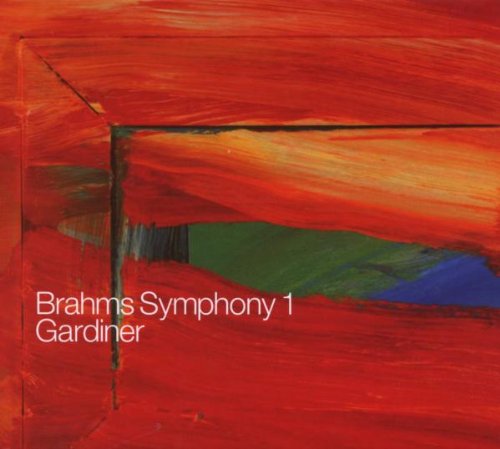Brahms Symphony No 1; Schicksalslied
A mighty Brahms First in revelatory context: this opening instalment certainly augurs well
View record and artist detailsRecord and Artist Details
Genre:
Orchestral
Label: Soli Deo Gloria
Magazine Review Date: 10/2008
Media Format: CD or Download
Media Runtime: 0
Mastering:
Stereo
DDD
Catalogue Number: SDG702

Tracks:
| Composition | Artist Credit |
|---|---|
| Symphony No. 1 |
Johannes Brahms, Composer
John Eliot Gardiner, Conductor |
Author: Richard Osborne
Back in 1983 Deutsche Grammophon devoted the final three volumes of its epic 150th anniversary Brahms Edition to the composer’s choral music. Here in a rich multiplicity of pieces (the a cappella volume alone ran to more than 100 compositions) we witnessed Brahms mastering the elements of that craft which revered predecessors such as Schütz, Palestrina, and Bach had perfected in their own time and context.
Sir John Eliot Gardiner’s rather more modest project promises to bring into play the work of these masters, along with choral pieces by admired contemporaries. Here Felix Mendelssohn is the representative “other”, his superb Mitten wir, composed three years before Brahms’s birth. It is flanked by Brahms’s Begräbnisgesang (1858), a threnody for chorus, winds and timpani that openly anticipates the second movement of the German Requiem, and the sublime yet troubled Hölderlin-inspired Schicksalslied (“Song of Destiny”, 1868-71) which can be seen as a pendant to the Requiem.
Brahms’s setting of Hölderlin’s poem was controversial. Where Hölderlin supplants his opening vision of celestial quiet with images of the hell of earthly existence, Brahms ends by revisiting that celestial vision in a ruefully beautiful orchestral coda in C major. Schicksalslied tells us a good deal about the First Symphony. In Gardiner’s powerful juxtaposition, the descent from that rueful C major coda to the C minor of the symphony’s tumultuous opening is a true coup de théâtre, the terrible enactment of another Fall.
These are intensely dramatic performances, powerful and unmanicured. The gathering drama of the three choral pieces is channelled and unleashed in a towering account of the First Symphony’s opening movement. When Klemperer conducted the symphony in Los Angeles in 1941 a player recalled: “He drove, as in a huge chariot, to the highest planes of expression.” There is something of that spirit here in Gardiner’s gaunt, no-holds-barred account of the work.
The use of period instruments and their deployment in the brooding acoustic of Paris’s Salle Wagram are clearly factors in the performance’s wider impact. It has to be said that the playing in the symphony’s middle movements is rather rough and ready. In the third movement, which under Gardiner is neither allegretto nor grazioso, Sir Charles Mackerras’s historically informed Scottish Chamber Orchestra version (Teldec, 10/97) is much to be preferred.
Not that comparisons matter. This is a mighty Brahms First which, like the programme it inhabits, is a thing sufficient unto itself.
Discover the world's largest classical music catalogue with Presto Music.

Gramophone Digital Club
- Digital Edition
- Digital Archive
- Reviews Database
- Full website access
From £8.75 / month
Subscribe
Gramophone Full Club
- Print Edition
- Digital Edition
- Digital Archive
- Reviews Database
- Full website access
From £11.00 / month
Subscribe
If you are a library, university or other organisation that would be interested in an institutional subscription to Gramophone please click here for further information.




